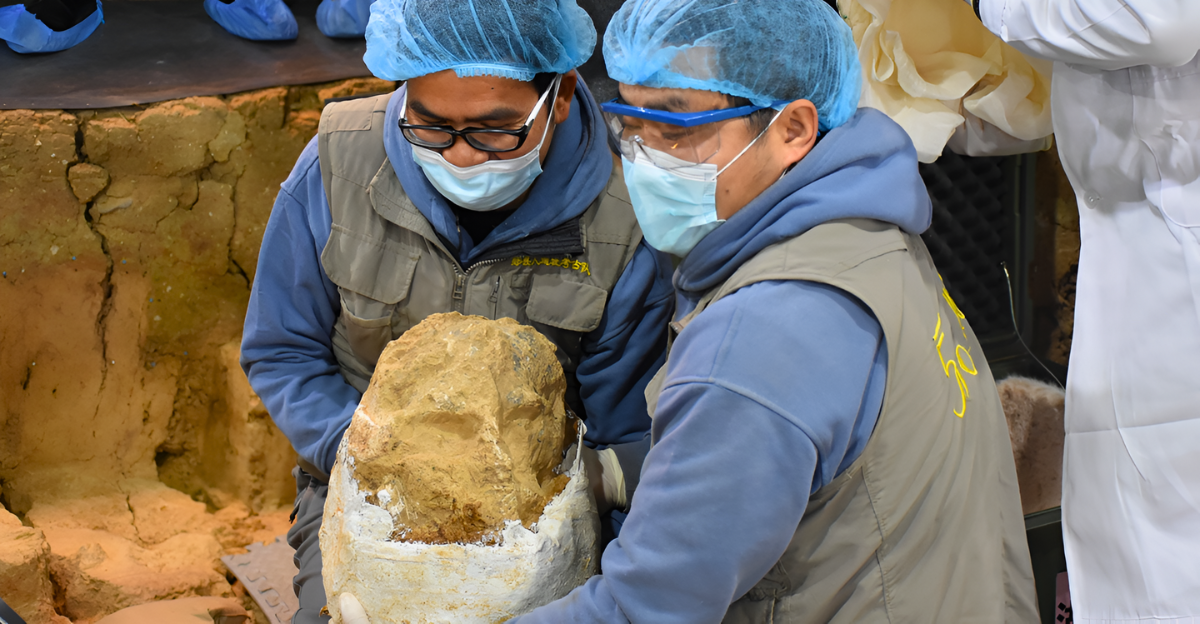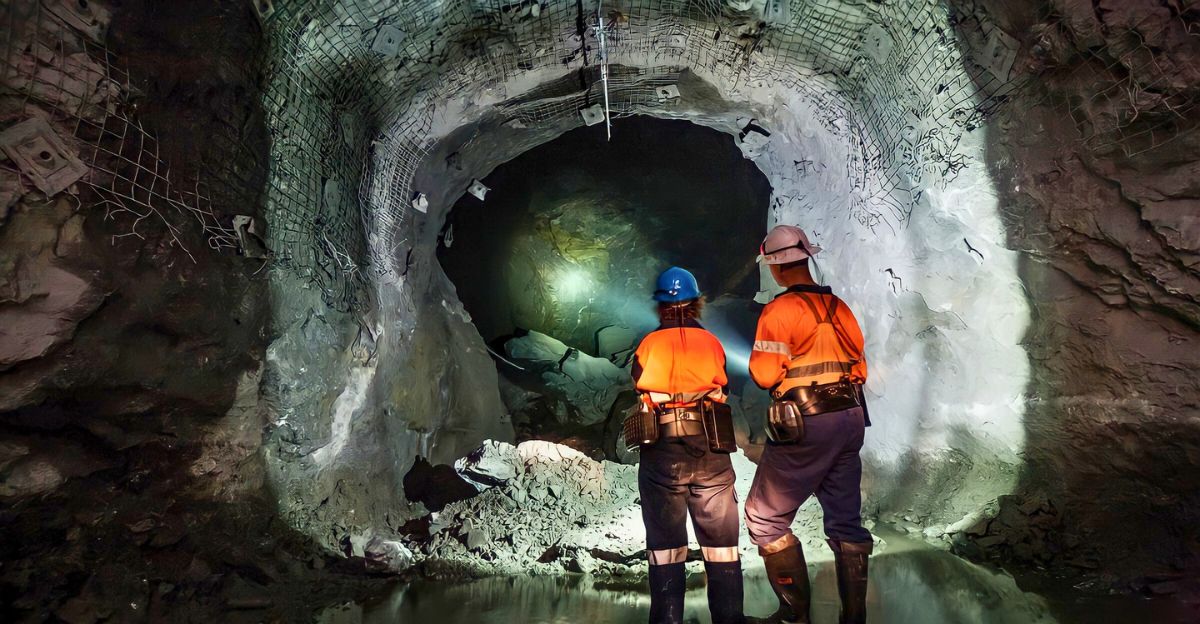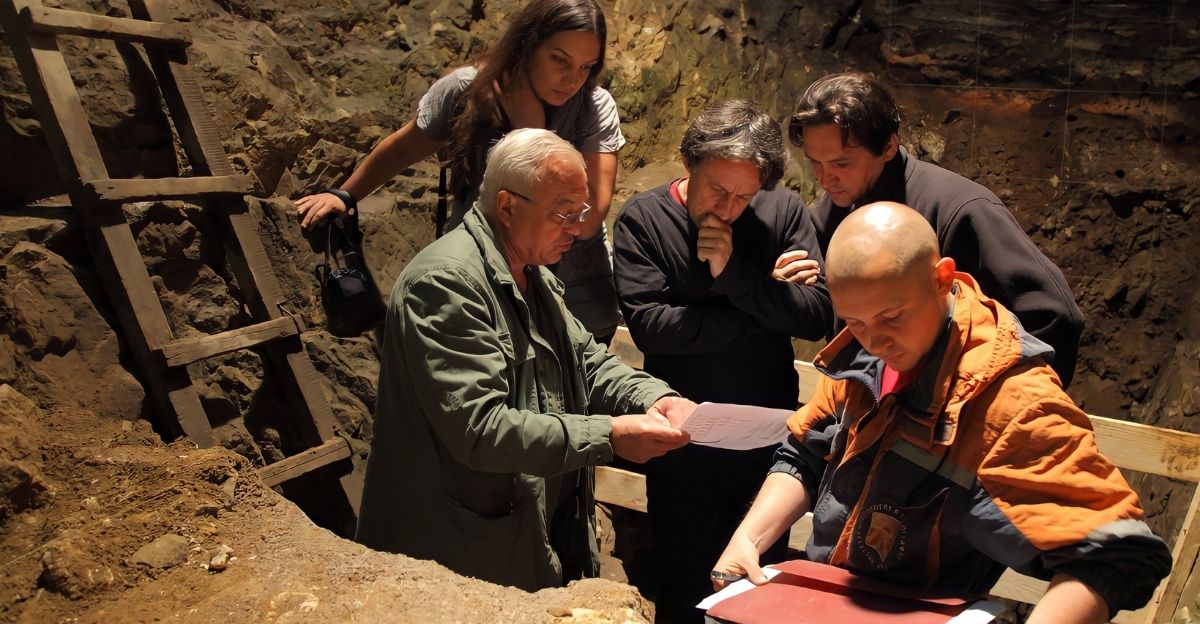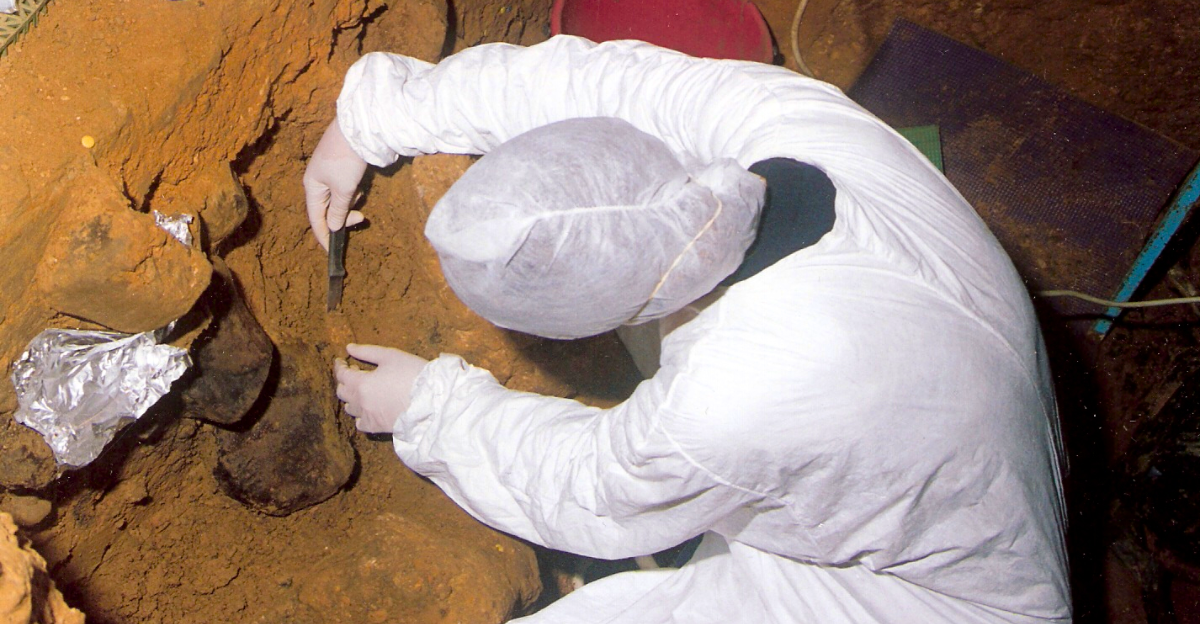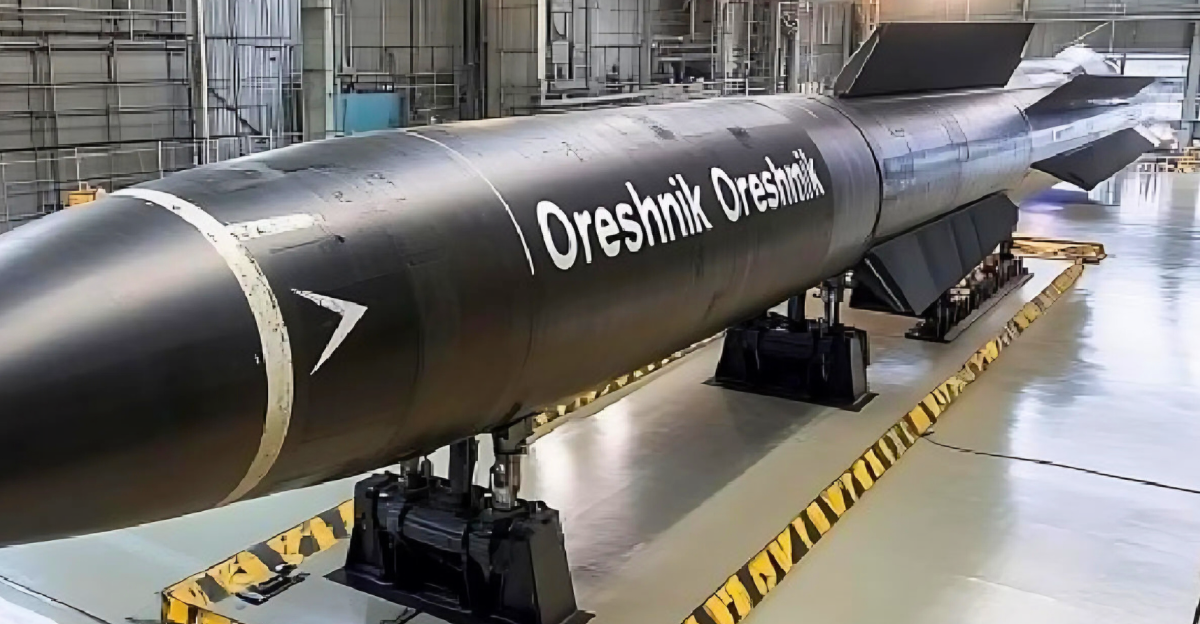
When Vladimir Putin first unveiled the Oreshnik missile in late 2024, he made a bold claim: “There is no countermeasure to such a missile, no means of intercepting it.” The missile hit speeds above Mach 10, carried multiple warheads, and could strike across continents. But now, it’s no longer just powerful; it’s been upgraded in ways that make it far more deadly.
Behind the theatrics, Western officials still call it “experimental” and question its true impact. Is it a breakthrough, or just a threat meant to rattle nerves? To understand what makes this new version deadly, we need to start with how it first entered the war.
The First Time Oreshnik Was Used in Battle
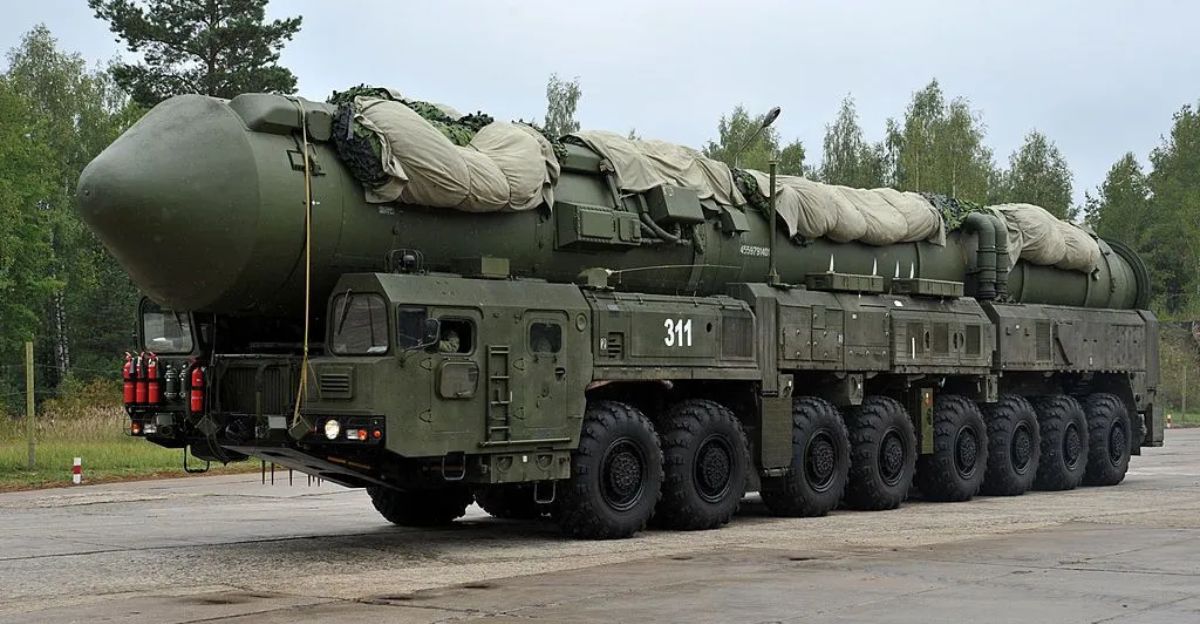
On November 21, last year, Russia launched Oreshnik at Ukraine’s Yuzhmash factory in Dnipro. This was just after Ukraine used U.S. and U.K. missiles to hit Russian sites. The strike sent a clear message from Moscow: we’re ready to escalate. Putin called Yuzhmash a major Soviet-era complex for missile tech.
Video from the attack showed six flashes, with each cluster containing six smaller warheads. Ukrainian officials said Oreshnik carried non-explosive “dummy” warheads and that no one was killed by it directly, though three people were injured from the broader missile attack that included other weapons. Russia clearly picked this moment to show off its latest weapon.
What Makes Oreshnik So Special?
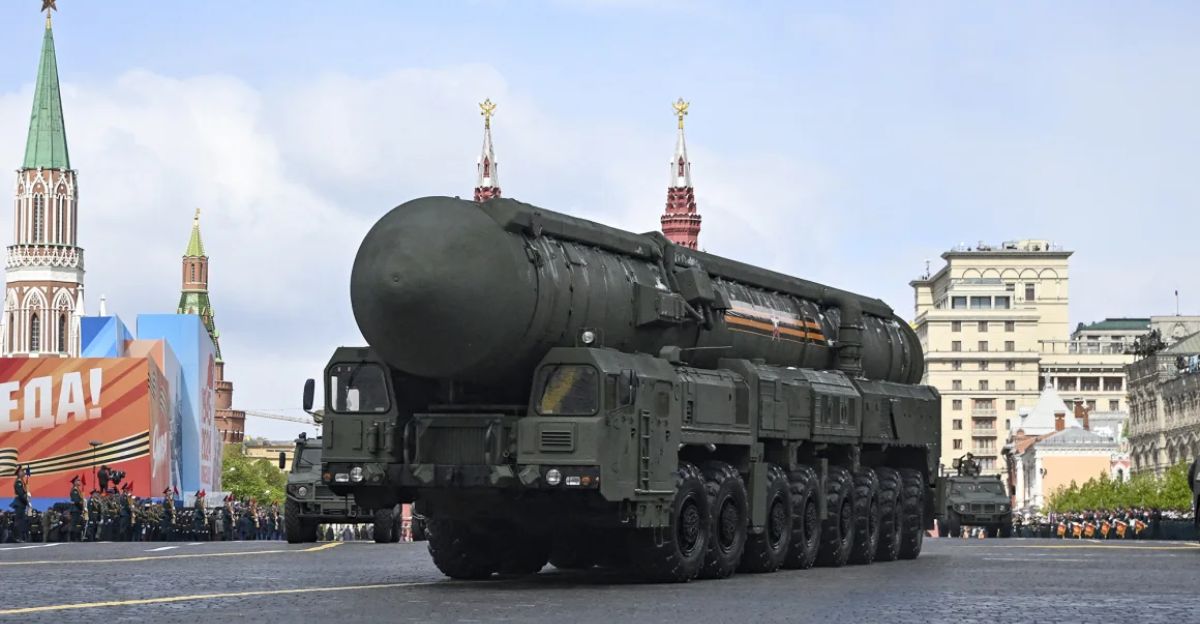
Oreshnik, which means “hazel tree” in Russian, is a hypersonic intermediate-range ballistic missile that can travel between 1,000 to 5,500 kilometers (620 to 3,418 miles). It reaches speeds of Mach 10-11, or approximately 12,300-13,600 kilometers per hour (7,640 to 8,450 mph). The Pentagon has confirmed it is based on Russia’s RS-26 Rubezh missile design.
Each missile carries six warheads with six submunitions each, creating 36 possible impact points. In nuclear configuration, Russian sources claim it could deliver warheads with a total yield of 900 kilotons, though this represents approximately 60 Hiroshima-equivalent bombs (based on the established 15-kiloton Hiroshima yield).
Even without explosives, its high-speed kinetic impact causes significant destruction. The missile is launched from mobile platforms, specifically the Belarus-made MZKT-7930 transporter-erector-launcher.
Big Changes Make This Russia’s Deadliest Version Yet
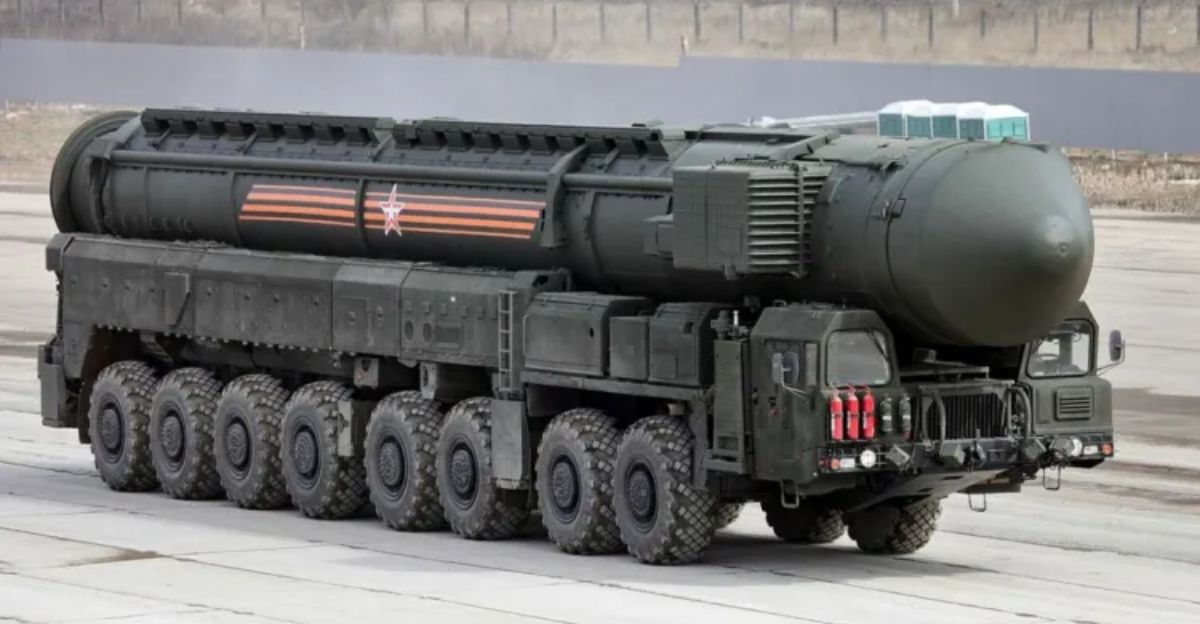
Oreshnik is no longer a test missile; it’s now being made in bulk, with upgrades that worry defense experts. Putin announced on June 23, that serial production had started. Though Russia claims it could make 25 per year, experts believe 10 to 20 a year is more likely.
At a 2025 tech forum, Putin claimed its warheads can withstand heat equal to the Sun’s surface, thanks to new materials first imagined in the 1980s but only now achievable. Even without explosives, Oreshnik’s kinetic impact causes serious damage. With each upgrade, it becomes harder to intercept, and even harder to ignore.
Belarus is also preparing to host the first launchers by year’s end, putting European capitals within 12 minutes of impact.
What Can This Missile Actually Hit?
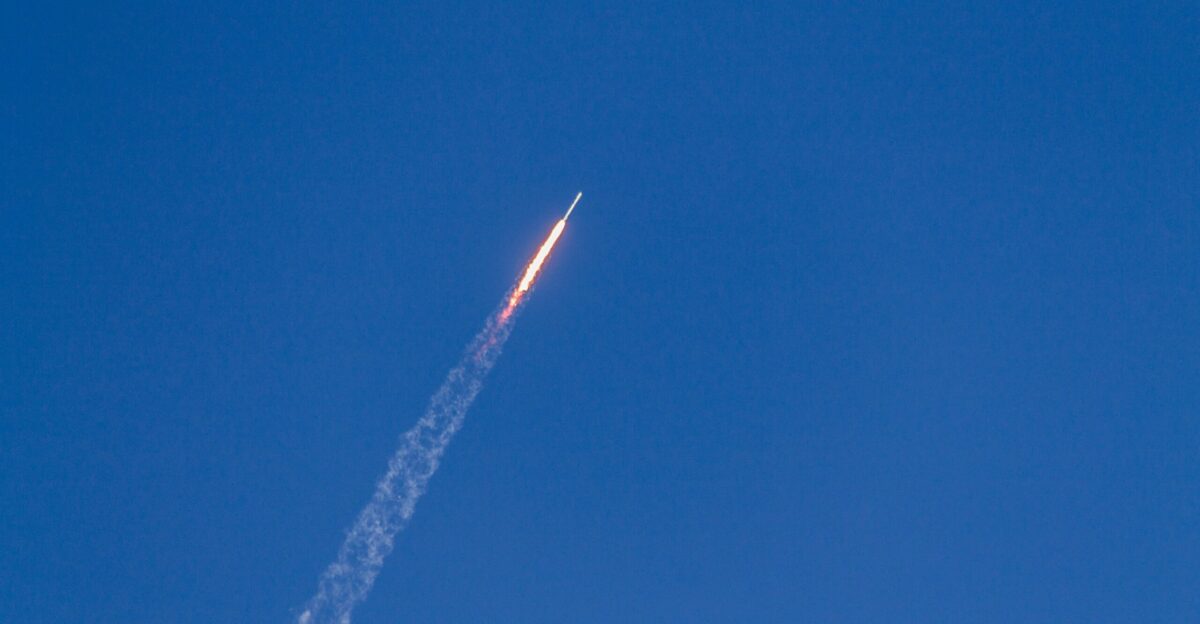
With a range of 5,500 kilometers (3,400 miles), Oreshnik can reach most of Europe and parts of the western United States from Russian territory. However, claims about exact flight times, like hitting Poland in 11 minutes or Brussels in 17, aren’t backed by official data. Still, military analysts agree that its hypersonic speed drastically reduces response time.
If based in Belarus, Oreshnik would sit far closer to NATO territory, putting major cities within minutes of a potential strike. That shorter distance forces NATO to think differently about early warning systems and how quickly they could respond to a sudden missile launch.
The West Shrugs in Public, But Watches Closely

While U.S. officials have called Oreshnik “not a game changer” in battlefield terms, they’re not ignoring its potential. Intelligence reports suggest Russia could use it again, and Western leaders are actively discussing how to counter the threat.
One idea being considered is deploying THAAD missile systems to Ukraine. That would mark a major step in regional defense planning. Defense analysts agree that the missile forces NATO to rethink its response strategy. Though the weapon is still in limited use, its presence alone pressures Western nations to modernize systems and improve readiness.
What Is THAAD—And Can It Stop Missiles Like Oreshnik?
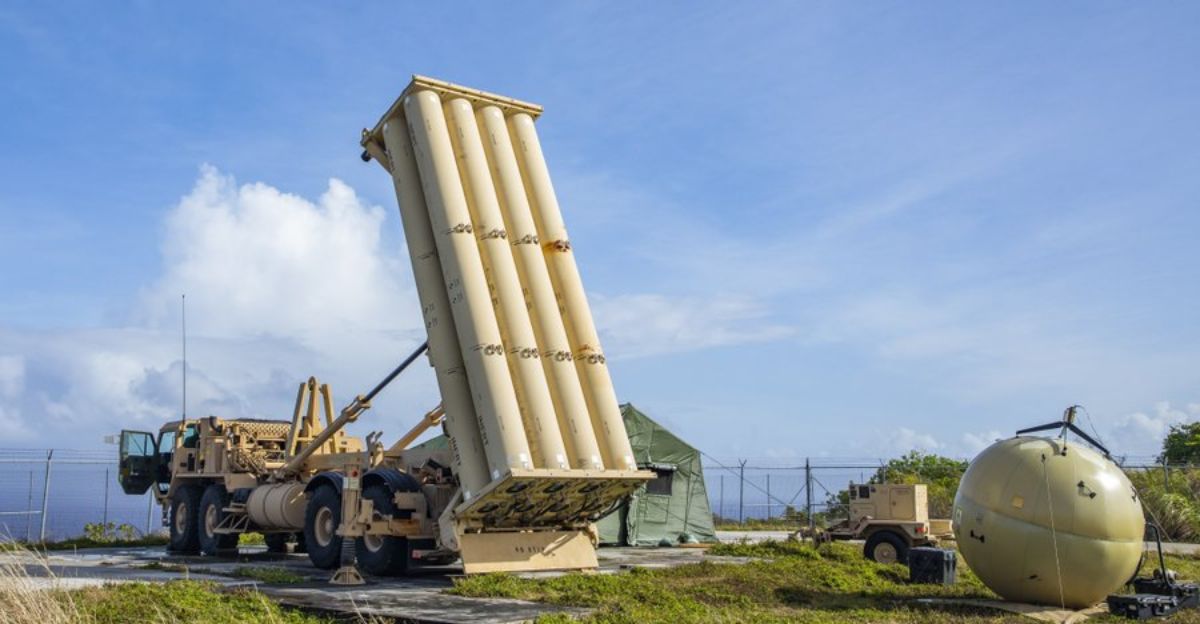
THAAD stands for Terminal High Altitude Area Defense. It’s a U.S. missile system designed to hit incoming missiles by smashing into them mid-air—no explosives, just speed and precision. With a 200 km range and advanced radar, THAAD is built to stop short to intermediate-range ballistic threats like Oreshnik.
Each battery costs $1 billion and includes six truck launchers with eight interceptors each. It’s also the only American system proven to intercept threats inside and outside Earth’s atmosphere. Ukraine isn’t asking for it to strike S-400s, it wants protection from Russia’s newest threat. And so far, THAAD has a perfect track record.
Why Oreshnik Is Powerful, But Not Cheap
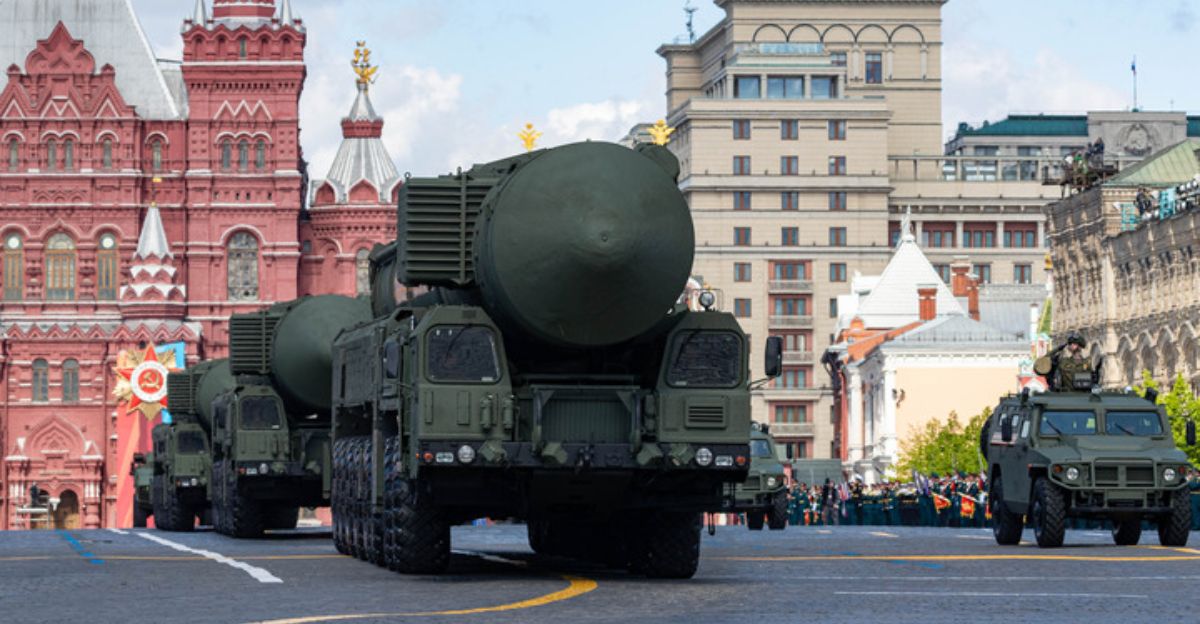
Making Oreshnik costs a lot. Some experts estimate it costs around $40.3 million per unit as of 2025, making it one of the most expensive missiles in Russia’s arsenal. That figure is based on comparisons with similar intercontinental missile systems. Russia may claim it’s producing more, but economic constraints and Western sanctions could limit how many are actually built.
With such a high cost, every missile used carries political weight, not just military power. The combination of price, scarcity, and visibility suggests that Russia sees Oreshnik as a strategic signal, not a weapon for daily use.
Where Oreshnik Is Going and What Comes After
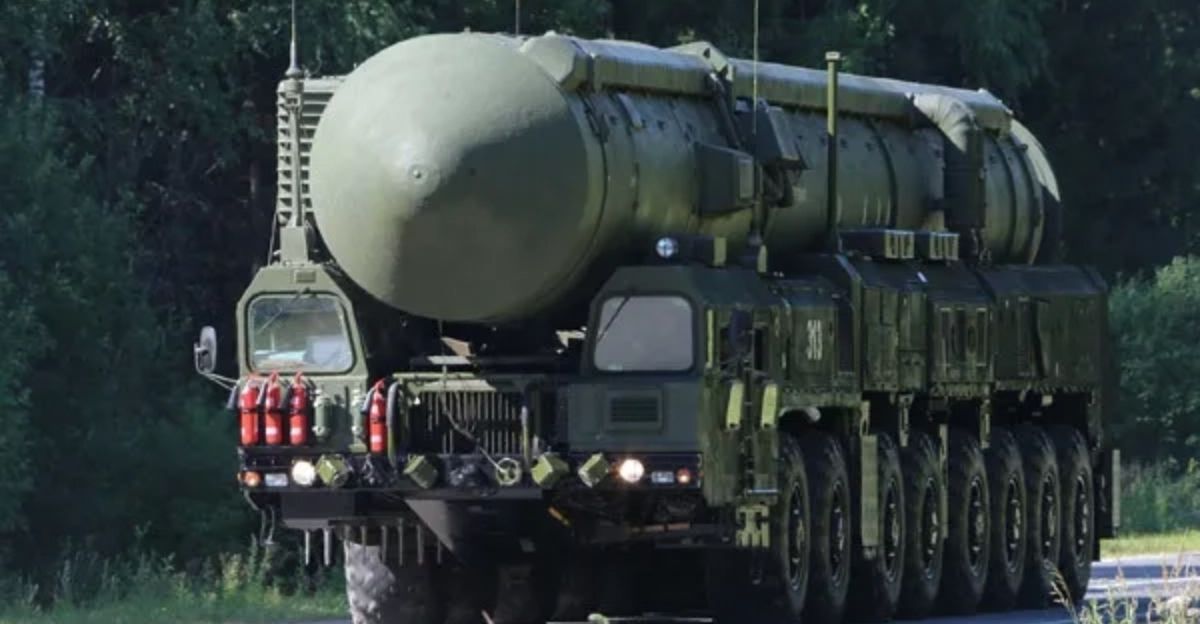
Belarus says it will have Oreshnik missiles in place by the end of 2025. Russia will supply the missiles, and Belarus will use locally made vehicles to launch them. This setup makes it harder for NATO to target. Belarus officials say they’re already preparing launch sites.
In response, NATO is speeding up missile defense upgrades. Ukraine is also modernizing old systems like Buk and S-300, and working on new tech to block hypersonic weapons. NATO startups have tested multi-layered defenses that can stop drones and bombs. These systems could help stop weapons like Oreshnik if adapted fast enough.
Oreshnik’s Real Power Might Not Be the Blast
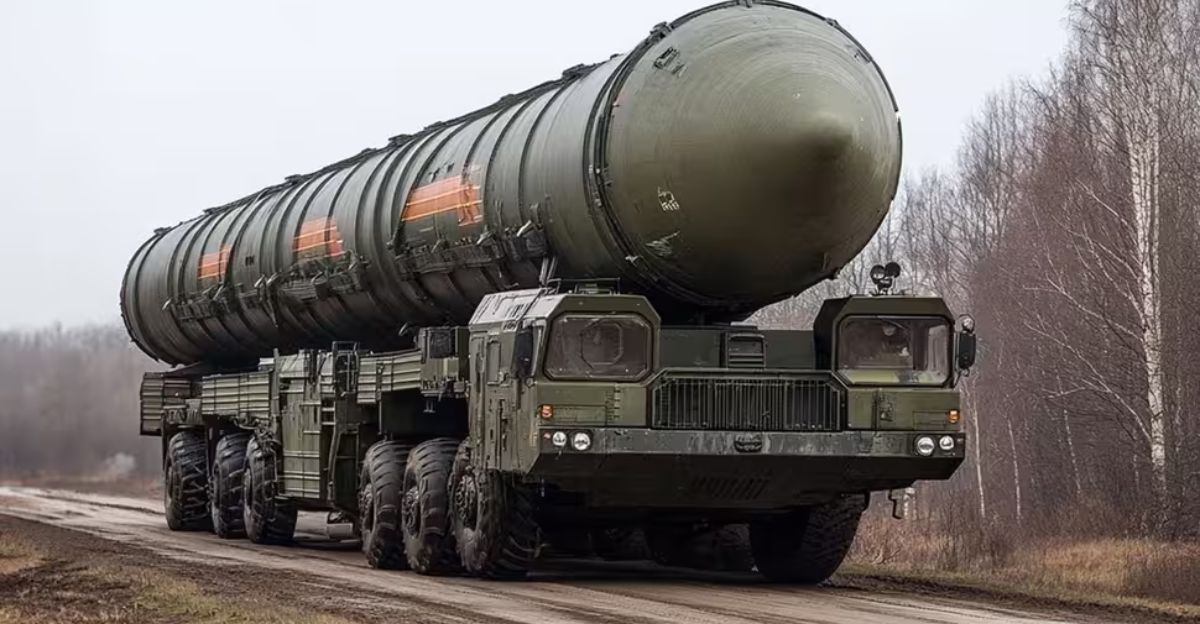
Oreshnik is real and in production, but it’s not changing the war on its own. Russia says it has nearly 2,000 strategic missiles in total, but Oreshnik’s role is more about threats than battles. It’s meant to shift political conversations and influence talks.
With one-third of Russia’s budget now going to defense, this missile is part of a bigger plan. Western experts believe the real danger isn’t the missile itself, but what it represents, a world where more countries may rush to build similar weapons. NATO and Ukraine are already working on defenses. What happens next depends on them.

